How We Move Forward: Practicing Three Inclusive, Anti-Racist Mindsets for Reopening Schools
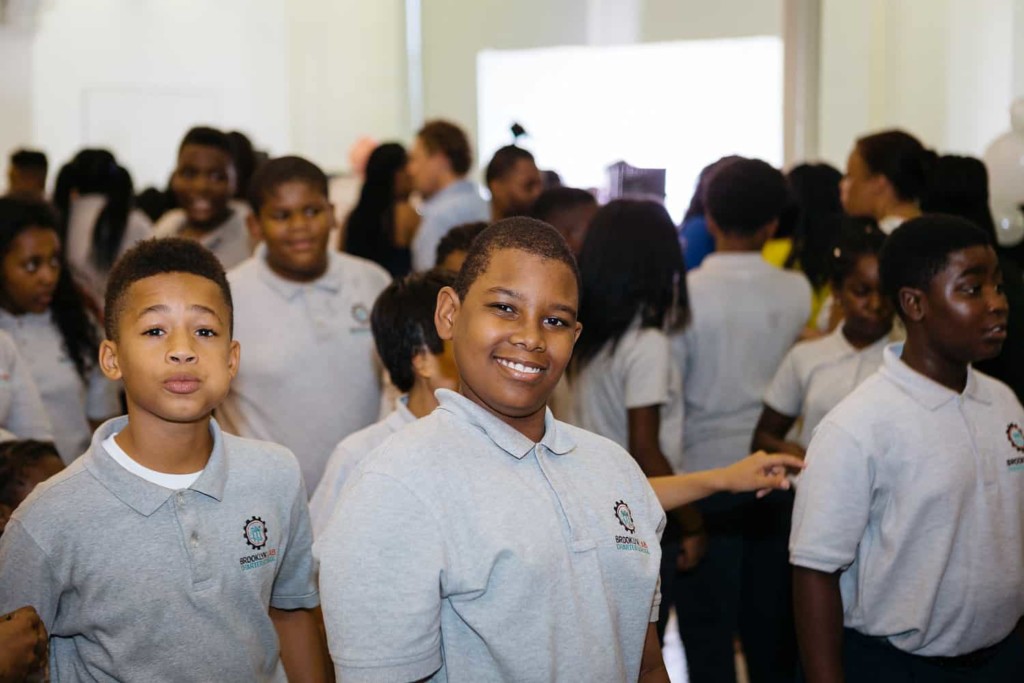
“Historically, pandemics have forced humans to break with the past and imagine their world anew. This one is no different. It is a portal, a gateway between one world and the next. We can choose to walk through it, dragging the carcasses of our prejudice and hatred, our avarice, our data banks and dead ideas, our dead rivers and smoky skies behind us. Or we can walk through lightly, with little luggage, ready to imagine another world. And ready to fight for it.” – Arundhati Roy
COVID-19, the economic downturn, and persistent racism have revealed significant weaknesses in our country’s education system, from an unconscionable lack of access to basic necessities, tools, and technology, to insufficient social-emotional support for students experiencing trauma and adversity. The pandemic has exacerbated existing educational inequalities for students who have historically been marginalized by our education system, including Black, Indigenous, and people of color (BIPOC) learners, English language learners, and students with disabilities. Furthermore, the disproportionate impact of COVID-19 on our communities, combined with other persistent systemic inequities, serve as a painful reminder that discrimination, ableism, and racism* remain pervasive across our society.
Equity At The Core, a microsite the Educating All Learners Alliance is launching, curates resources that aim to support equitable preparation of schools for reopening and resurgence.
As we look to prepare, it is time we reorient our education system to provide all students equitable access to meaningful opportunities for learning and thriving. In the words of Dr. Bettina Love, University of Georgia professor of educational theory and practice and author of We Want to Do More Than Survive: Abolitionist Teaching and the Pursuit of Educational Freedom: “When schools reopen, they could be spaces of justice, high expectations, creativity, and processing the collective trauma of COVID-19.”
To achieve this vision, we must work together to listen to and understand students who are made most vulnerable by our education system, and then get to work in deep collaboration and with humility to transform ourselves and our education system to be anti-racist and anti-ableist. Too often, this important work of creating anti-racist, anti-ableist educational spaces and experiences is undermined by siloed approaches that focus on singular aspects of a student’s, parent’s, or educator’s identities.
Moving forward, we need to employ practices that acknowledge the interdependent and intersectional ways identities mutually construct each other. In doing so, we can better disrupt how structural inequity operates through them. As one example, 1 in 4 black males with Individualized Education Programs (IEPs) receive out-of-school suspensions compared to 1 in 10 white males with IEPs.
At the Educating All Learners Alliance (EALA)—which brings together more than 50 organizations focused on civil rights, disability, education, and technology—we are embracing this holistic approach to support schools reopening and manage resurgence more equitably. Our aim throughout the pandemic has been to ensure that the educational needs of the students made most vulnerable by the current system are prioritized. Beyond the pandemic, our aim is to continue to to support school communities and to put anti-racist, anti-ableist, and equity-centered work at the core of efforts to educate students and operate schools.
School closures due to COVID-19 created an unprecedented opportunity to closely examine our practices for opportunities to achieve equity even as we prepare for reopening and resurgence. Drawing from the research literature, this article outlines three critical commitments we are using in our own practice to support the design of inclusive, anti-racist learning environments. We hope they prove useful to others who are also working to reopen schools.
Commitment 1: We played a role in perpetuating systemic bias and exclusion. Now we must play a role in dismantling it.
The problem:
Education systems often express systemic bias, racism, and ableism. Whether intended or not, we as educators have contributed to this by focusing on individual agendas, making assumptions about the ability of certain students or expecting less from them, failing to explore our own biases and privilege, or failing to ensure marginalized voices are heard.
The solution:
Commit to anti-racist, anti-ableist actions: Anti-racism and anti-ableism actively identify and eliminate racism and ableism by disrupting systems, structures, policies, practices, and attitudes. In so doing, they work to dismantle white supremacy and discrimination. Because racism and ableism are often reinforced by other forms of oppression, focusing on anti-racist and anti-ableist practices is therefore critical to building a more equitable community. As Dr. Ibram X. Kendi, author of How to Be an Anti-Racist writes: “I’ve come to see that the movement from racist to anti-racist is always ongoing—it requires understanding and snubbing racism based on biology, ethnicity, body, culture, behavior, color, space, and class. And beyond that, it means standing ready to fight at racism’s intersections with other bigotries.”
How to practice this commitment:
To integrate anti-racist and anti-ableist practices, we built on Massachusetts-based Wheaton College’s list of practices for becoming anti-racist educators:
- Interrogate your position: Build awareness of the forms racism and ableism take and how they are linked to whiteness, privilege, and perceptions of disability. Reflect on how your identity shapes your teaching, your relationships, and your practice.
- Educate yourself about how racism and ableism shape lives: Analyze policies and practices to look at who has power in your institution. Who gets to define what is “best” for kids and which kids they consider to be the “best”?
- Acknowledge racial trauma: Recognize the impact that public displays of racial injustice have had within BIPOC communities. Think about trauma such as police killings, deportations, or the disproportionate impact of COVID-19 on Black communities, including people with disabilities.
- Erase the notion of an “ideal” or “normal” student: Racism and ableism are often embedded in our assumptions of what a student should be. Ask a colleague to observe you in class, and track your own data on disciplinary practices, the students you call on, the language you use, and how you grade.
- Inventory the content in your classroom(s): Understand that core content or curriculum may reflect the legacies of colonialism, embedded white supremacy, and the devaluation of persons with disabilities. Reflect on the authors, events, and stories you include in your teaching. Ask whose stories are included, whose stories are missing or misrepresented, and why.
Ultimately, educators who practice anti-racism and anti-ableism see their students as whole and fully human and take them seriously. As ChrisTiana ObeySummer, owner of Epiphanies of Equity, a social equity education and consulting firm shared of her experience, “When someone like me walks into the room, I don’t have the opportunity to negotiate with others which of my identities they intend to hyperfocus on or criticize. I am a package deal. We all are.” She continues, “When a person is interacting with me, they will be influenced by the social archetypes, narratives, stereotypes and assumptions that I am — from what they can see — Black, femme presenting, autistic, disabled, and neurodivergent; Not one, or a couple, but all at the same time. Whenever multiple marginalized identities are present, due to the systemic and unconscious nature of discrimination and prejudice, it will never only be just one thing.”
Commitment 2: The problems of education are in the design, not in the students.
The problem:
Historically, the obstacles and traumas students experience in school have been framed in ways (either implicitly or explicitly) that identify children as problems teachers need to solve. We have a tendency, for example, to label students in ways that punitively place the responsibility on students, or assign probabilities by demographics or disability categories that assume outcomes as inevitable (for example, children “at risk”).
When it comes to educating people with disabilities, we often address disability as a deficit to remediate instead of designing a learning environment that captures the rich knowledge, background, identities, or ways of thinking, feeling, acting, and navigating the world that our students possess. As Dr. Kendi writes: “Americans have long been trained to see the deficiencies of people rather than policy. It’s a pretty easy mistake to make: People are in our faces. Policies are distant.”
When schools focus on the learner as the “problem,” policy and solutions tend to fall short because they do not address the root cause of systems’ failures. Cami Anderson, former superintendent and founder of Third Way Solutions, suggests in a recent article that we stop using labels and start “identifying the systems” that inhibit and prevent young people from realizing their full potential.
The solution:
Combining anti-racist and anti-ableist practice with frameworks like Universal Design for Learning and Culturally Responsive Teaching can support educators to shift from questions that focus on the student (“how are individuals disabled?”) to questions that consider the flaws in the system (“how are learning environments disabling”) to questions that proactively support the development of more inclusive, anti-racist and anti-ableist systems (“how can we design learning environments to enable?”). These shifts move educators, approaches, and schools from a deficit view of the student, to a strengths- and asset-based design of learning environments.
How to practice this commitment:
As we think about what’s needed to prepare for reopening and resurgence, EALA is practicing this commitment by working to address aspects of the learning environment that are likely to create barriers to learning and thriving for students and families. This approach is called problem- or challenge-centered thinking: a process by which you work with stakeholders to identify a goal; listen to students, families, and staff to better understand and define the challenges in the learning environment that need to be solved to reach that goal; develop solutions that you can test and learn from; and then implement, revisit, and refine those solutions. This approach helps educators focus on barriers to access, learning, and thriving in the environment or system instead of looking at students or families as the “problem to solve.”
You can explore EALA’s challenges for the 2020-21 school year and associated resources to support your school community’s preparation process.
Here are some ways you can practice this commitment:
- Embrace a mindset of learning and growing: Those who benefit from systemic oppression need to take responsibility for and commit to transforming the lived condition. This includes: 1) being alert to the ways that our society creates implicit bias so that we see some students as more “normal” and more capable than others, and 2) continuously working to reflect, learn, and do better.
- Normalize reflection and naming of bias as a team: Most educators do not design learning environments with the intent or desire to treat students unfairly. As a team, acknowledge that bias and deficit-based thinking can be embedded in your systems. Agree on and build in ways to regularly reflect on, identify, and name for each other when this happens.
- Reflect on how bias can impact how you characterize and approach priorities or initiatives : Do you create “general” plans for “average” learners and then go back to define how you’ll address the needs of “struggling” students and/or those with IEPs? Begin by becoming a humble observer of how you define, name, and approach priorities.
- Frame challenges in the form of a question: Rather than siloed functional categories, frame the challenges to be solved in the form of a question to engage and acknowledge the multiple systems and functions that might need to work together to create an inclusive, anti-racist, and effective learning environment. For instance: given the expectations of social distancing and limited in-person class time how might we ensure that high-quality support and services are provided in timely and comprehensive ways that humanize and meet student needs without stigma?
- Identify problematic underlying systems and environments: Examine the root cause of current gaps in meeting student needs. Examine your data and engage stakeholders to understand who you are not currently serving well, then look to the environment around those students for systems that need to be more enabling. Make changes to your practice, curriculum, systems, and structures to leverage frameworks like Universal Design for Learning and Culturally Responsive Teaching provide multiple means, entry points, and options for engagement, representation, action, and expression.
Commitment 3: To design for all, design for the students who are most marginalized by the existing educational system.
The problem:
In his book Myth of Average, Todd Rose exposed our society’s tendency to design for the average. The Pareto Principle, for example, focuses design on the 80 percent who are clustered in the center of an average distribution. This approach, frequently used in education, is intended to capture economies of scale. But for the most part, it has failed to produce meaningful, equitable opportunities for students.
The use of “average” is problematic because it creates a harmful binary, such as abled/disabled, fit/unfit, intelligent/non-intelligent. Trying to conceptualize “average” leads to conscious and implicit bias—where white supremacy and ableism perpetuate oppression of those who don’t fit the definition of average.
The use of average is also problematic because it makes a system brittle, as Jutta Treviranus, director of Ontario College of Art and Design (OCAD) University’s Inclusive Design Research Centre, points out: “You will need to respond to more and more exceptions and issues you did not consider. Your design will start to look like a house with bolted-on additions, which inevitably will cause the whole structure to collapse. End of life will be sooner. Costs will be greater in the long term.”
The solution:
We need to learn from and with those students who are most marginalized by the current system. This does not mean identifying students as “problems,” which perpetuates the trap described in commitment 2 above. Rather, this means identifying the failings of the current system by using empathy to better understand and redesign the system for those who are struggling under its weight. This speaks to the need to embrace the variability of all learners and design an environment that accommodates such variability. As Treviranus explains, if you design for those who are marginalized, “you create a system that is better for everyone. It is inevitably more innovative, responsive, agile, and generous.”
How to practice this commitment:
To practice this commitment, build on commitments 1 and 2 above by first identifying the challenge you are trying to solve in the learning environment. Once you’ve done that, we recommend five important steps:
- Engage a representative team: Think about which students, families, staff, and others might be marginalized by the possible solutions to the challenge you are trying to address. Questions you can ask to identify this team include:
-
- Who are the five students in your building who most need you to get this decision right?
- Which teachers work most closely with those students? Which families have given you input on relevant challenges in the past? Which families have not traditionally been engaged and why?
- Who else will be impacted by this decision, including changed responsibilities or work conditions? What community partners may have relevant knowledge or assets?
- Make intentions and assumptions clear: Be clear that the first step is not to jump to solutions. It’s to better define the challenge by understanding the lived experiences of those most impacted, and to make team member perspectives and assumptions transparent.
- Explore and collect perspectives: Now that you’ve identified who is most impacted, ask how you can build empathy for their needs. There are multiple ways to deepen your understanding and ensure the right needs are centered in the design:
-
- Leverage historical information from prior surveys, data, and community engagement.
- Give everyone an opportunity to share their experience and needs via surveys and town halls.
- Learn deeply from a few individuals—the “vital few” you identified in the first step—via targeted empathy interviews, journey maps, or other ways to understand, from their perspective, a day in their life.
- Leverage research from others outside your school or system to inform your thinking.
- Gather tools and information that define the landscape: Based on the challenge you are trying to define, you may need additional information to define the context and constraints. Look for information from student demographics and data, IEP data, school building capacity/maps and codes, community resources, and other outlets.
- Identify and test a range of solutions: Identify a range of ideas to test for validity and potential efficacy in order to narrow the set of ideas that become technical solutions for implementation. Implement the solutions and use systems to collect feedback from the “vital few” and others. Then monitor, refine, and continuously improve your systems.
The key in any practice is to leverage empathy with the lived experience of your students—particularly those who are most vulnerable in each system—to build a learning environment that is more broadly designed for variability and truly embraces all that is possible for your students. They deserve a system more focused on truly knowing them to meet them where they are without bias and with a better, deeper focus on the development of thriving, skillful, knowledgeable, mindful, and ethical humans.
Committing to the Path Ahead
As we look ahead to reopening school buildings, possible virus resurgence and recovery of school in the months and years ahead, let’s do so with the optimism of what can be possible when we truly commit to creating, as Dr. Love suggests, “spaces of justice, high expectations, creativity.” This begins when we have a willingness to reflect on and take action against systems of bias, ableism, and white supremacy that we may have played a role in perpetuating. It continues when we take a strengths-based approach to all of our students by asking how we can create the systems and learning environments that reflect everyone, not just a few. Importantly, we strengthen this approach by committing to radical justice and designing systems that plan for variability based on the lived experiences of those who are most deeply impacted.
By making these commitments, remaining humble learners and working together, we can help to create more equitable schools.
For more, see:
- Reopening Schools: A Scheduling Map for Educators to Plan the Who, What, When, Where, and How of Learning this Fall
- Safeguarding Back to School: Preparation for a Healthy Return to School in Downtown Brooklyn
- Preparing to Reopen: Six Principles That Put Equity at the Core
- To Reopen, America Needs Laboratory Schools
- How to Reopen Schools: A 10-Point Plan Putting Equity at the Center
- Educating All Learners During COVID-19: An Alliance Emerges to Provide Support for Virtual Special Education Services
- We can rise to the challenge of educating students with disabilities during COVID-19
- During the COVID-19 pandemic, how do we ensure that learning moves forward for all learners, especially students with disabilities?
*We define racism not solely as prejudice directed against a person or people on the basis of their membership of a particular racial or ethnic group. Rather, racism involves one group having the power to carry out systematic discrimination through the institutional policies and practices of the society and by shaping the cultural beliefs and values that wrongly assert racial inferiority support those racist policies and practices. Racism requires the rejection of another human being’s humanity. Since the other human being is a human being, such a rejection is a contradiction of reality and a denial of social reality. We define ableism as the discrimination and exclusion of and social prejudice against people with disabilities based on the belief that non-disabled individuals are superior. For those not familiar with ableism, Tom Hehir describes it as the devaluation of disability that results in societal attitudes that uncritically assert that it is better for a child to walk than roll, speak than sign, read print than read Braille, spell independently than use a spell-check, and hang out with non-disabled kids as opposed to other disabled kids.
Stay in-the-know with innovations in learning by signing up for the weekly Smart Update.
We know that educators and leaders have spent the last couple of months scrambling to meet the immediate needs of learners in their community. Thank you to each and every one of you for everything you’ve done to make the best out of this challenging situation. Now that the end of the school year is here, we’re shifting our Getting Through series from stories and advice to support remote learning or long term closures, to getting ready for the complex work of reopening schools this fall.
Interested in contributing to this campaign? Email your stories and ideas to [email protected] or tweet using #GettingThrough to participate!
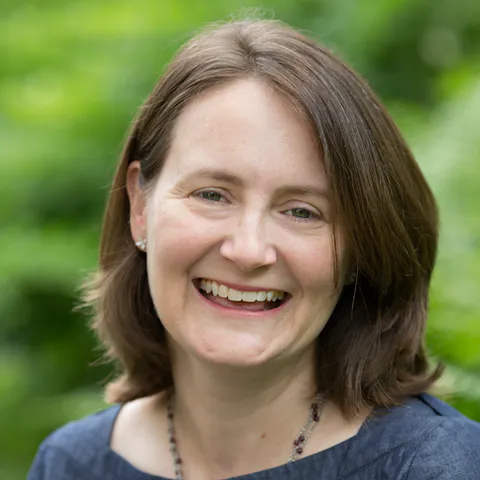
Gabrielle Rappolt-Schlichtmann
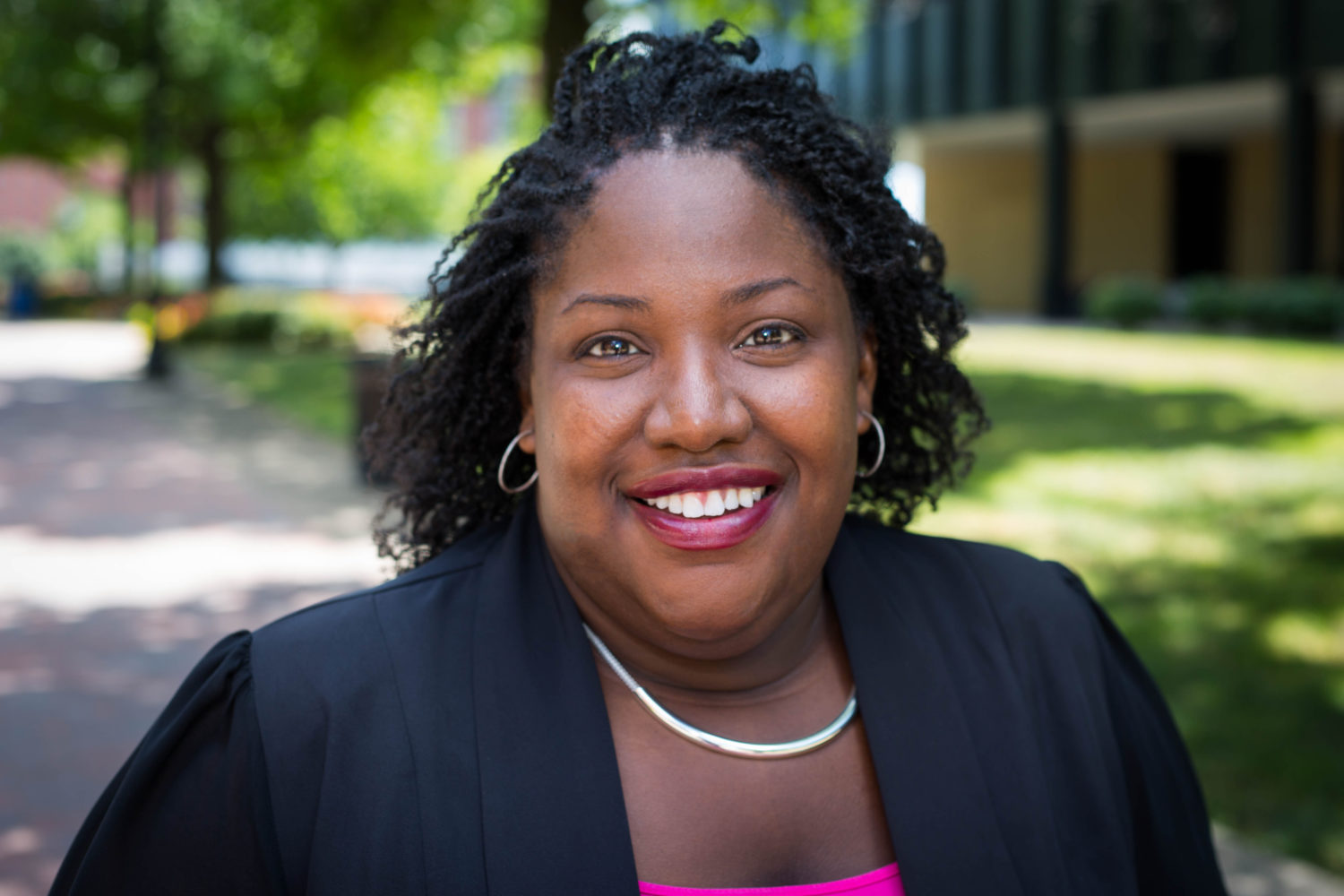
Temple S. Lovelace
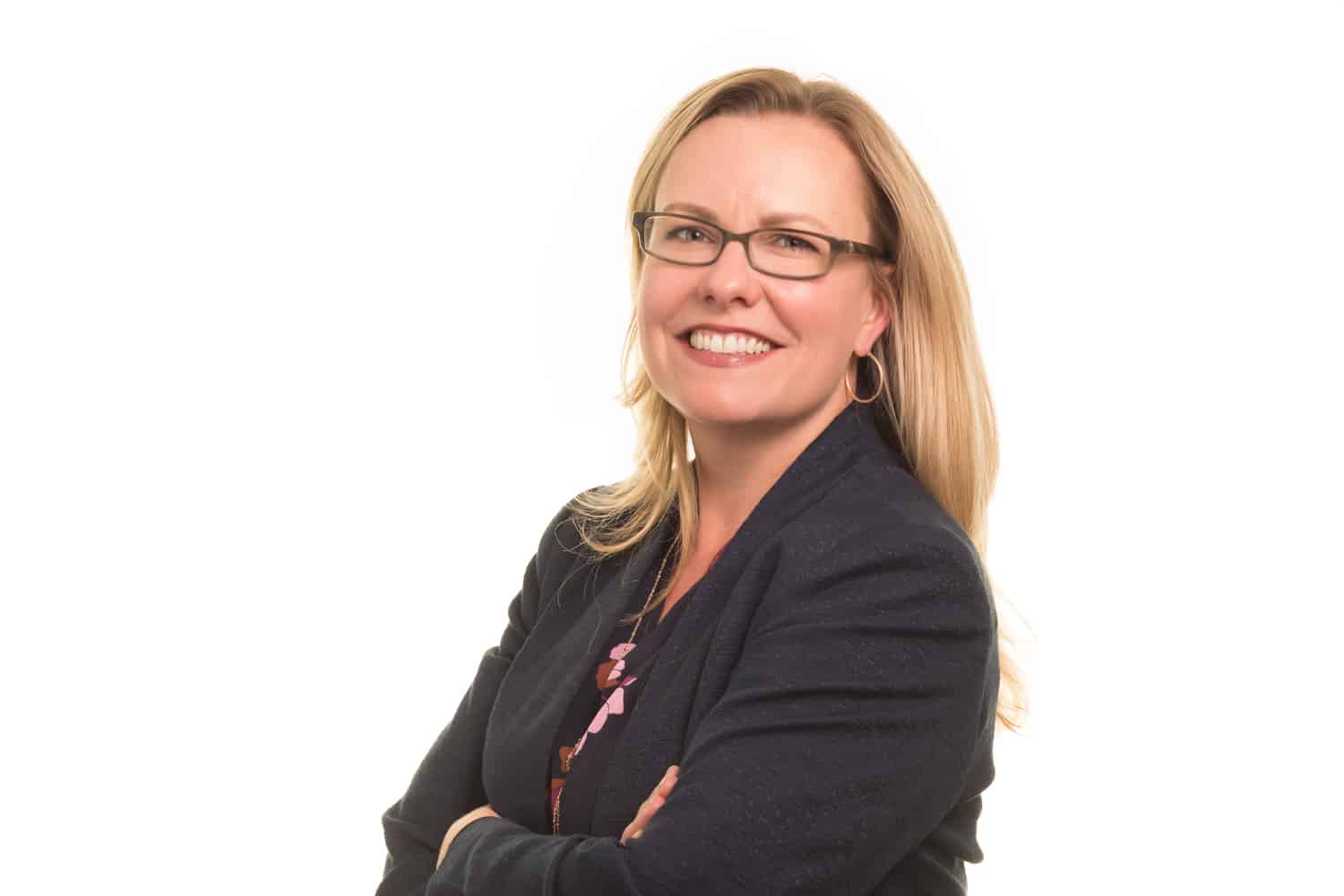
Lindsay Kruse



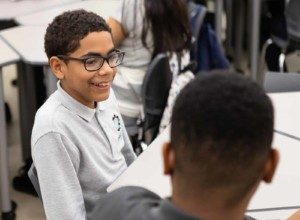
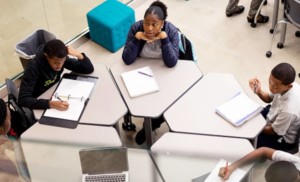
bethune banson
would love to have more info on awareness and training.
bethune banson
well done most of this info I will apply to my student and class.